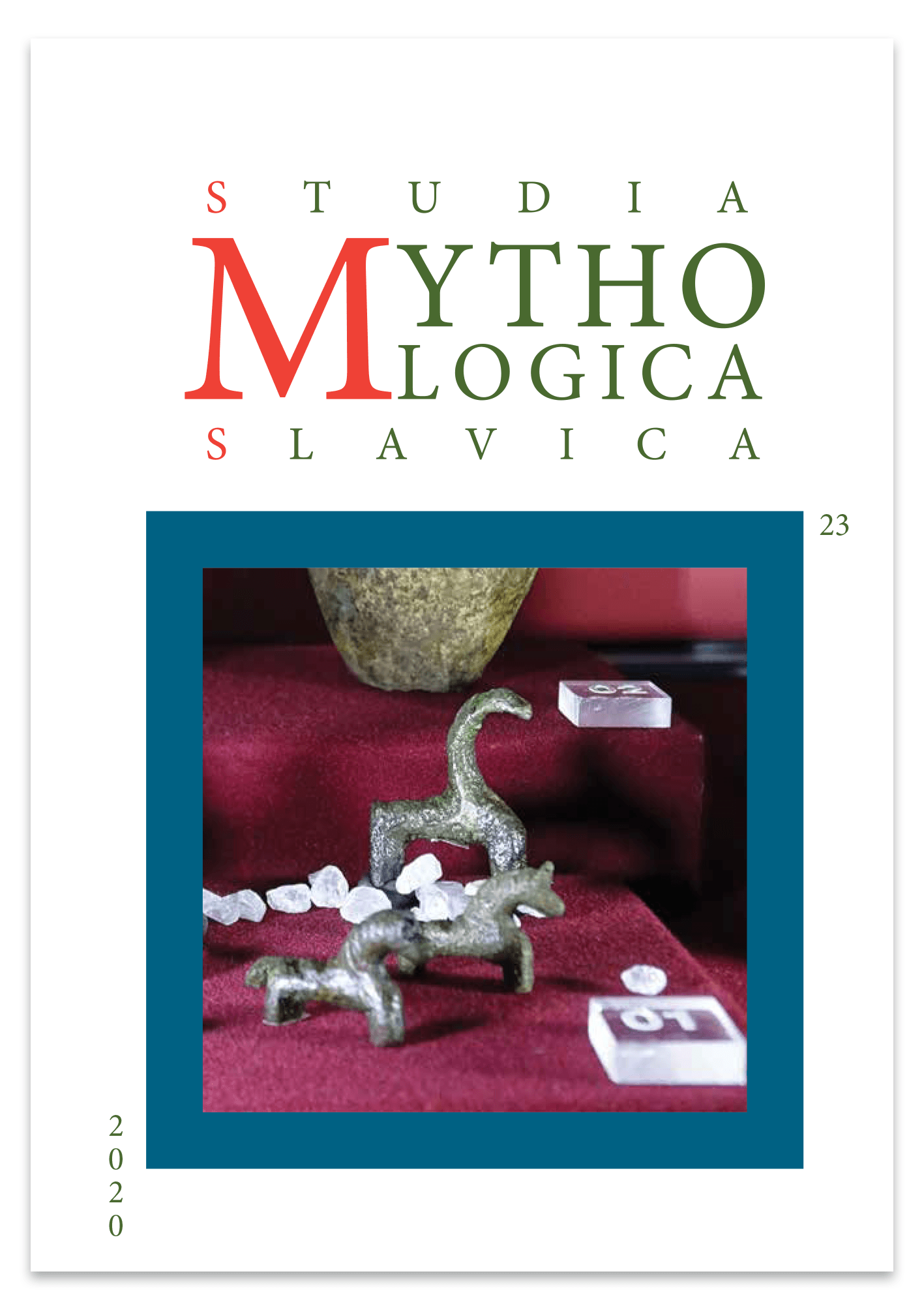Myth in Action? Figurative Images on Ceramics as a Source for Studying the Pre-Christian Beliefs of Western Slavs
DOI:
https://doi.org/10.3986/SMS20202301Keywords:
Western Slavs, material culture, vessels, narrative depictions, mythology, religionAbstract
The spiritual culture of Western Slavs is becoming an increasingly prominent research field in archaeology. The dynamic growth of material evidence allows archaeologists not only to expand the corpus of evidence used in their work but also to formulate new hypotheses that broaden the current state of knowledge, as well as to develop new research trajectories. The study of relics of cult-places and the material remains of ritual ceremonies play a particularly significant role here. Research into material culture, including iconographic sources, is of great significance. Both these research topics can be broadened by the studies of objects commonly extracted from the earth, namely ceramic vessels.
Moreover, not only the ritual behaviour that accompanies their production, or the symbolism of vessels, as such, or their forms but also about their ornamentation is of interest. Thus far, the issue of ornamentation has remained on the fringes of mainstream scholarly debates. Marek Dulinicz is among the scholars who have made the most substantial contributions to this field of research. However, since 2008, there have been no further studies on this topic. Although the corpus of completely preserved or fragmented vessels with figural depictions known today has expanded, the body of material with narrative scenes remains fairly small. New finds of vessels (or their fragments) with such imagery are found very rarely – even though numerous excavation campaigns are being undertaken – leading to the situation in which vessels with narrative scenes become rare and exceptional sources. This paper will specifically address this particular body of material. Around twenty different vessels will be considered here. Most of them are known from the area inhabited by the Baltic Slavs and the territory of modern-day Poland (Masovia and Silesia). One shard comes from Slovakia. The present paper seeks to provide answers to questions about the purpose of placing figural imagery on vessels, as well as to investigate the spatial and chronological occurrence of such finds, and the possible functions the vessels had in the everyday lives of their users.
Downloads
Downloads
Published
How to Cite
Issue
Section
License

This work is licensed under a Creative Commons Attribution-NonCommercial-NoDerivatives 4.0 International License.
Authors guarantee that the work is their own original creation and does not infringe any statutory or common-law copyright or any proprietary right of any third party. In case of claims by third parties, authors commit their self to defend the interests of the publisher, and shall cover any potential costs.
More in: Submission chapter





